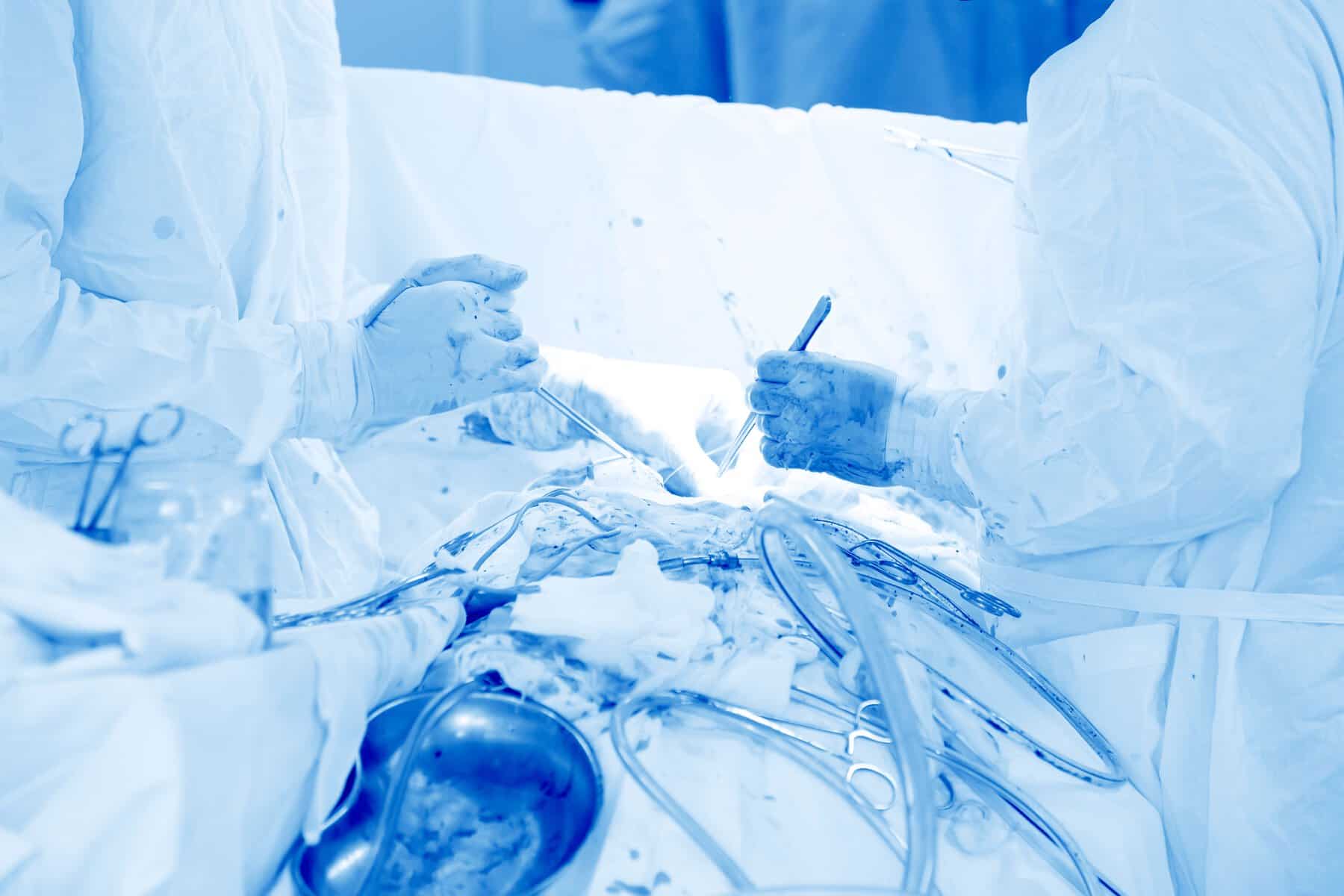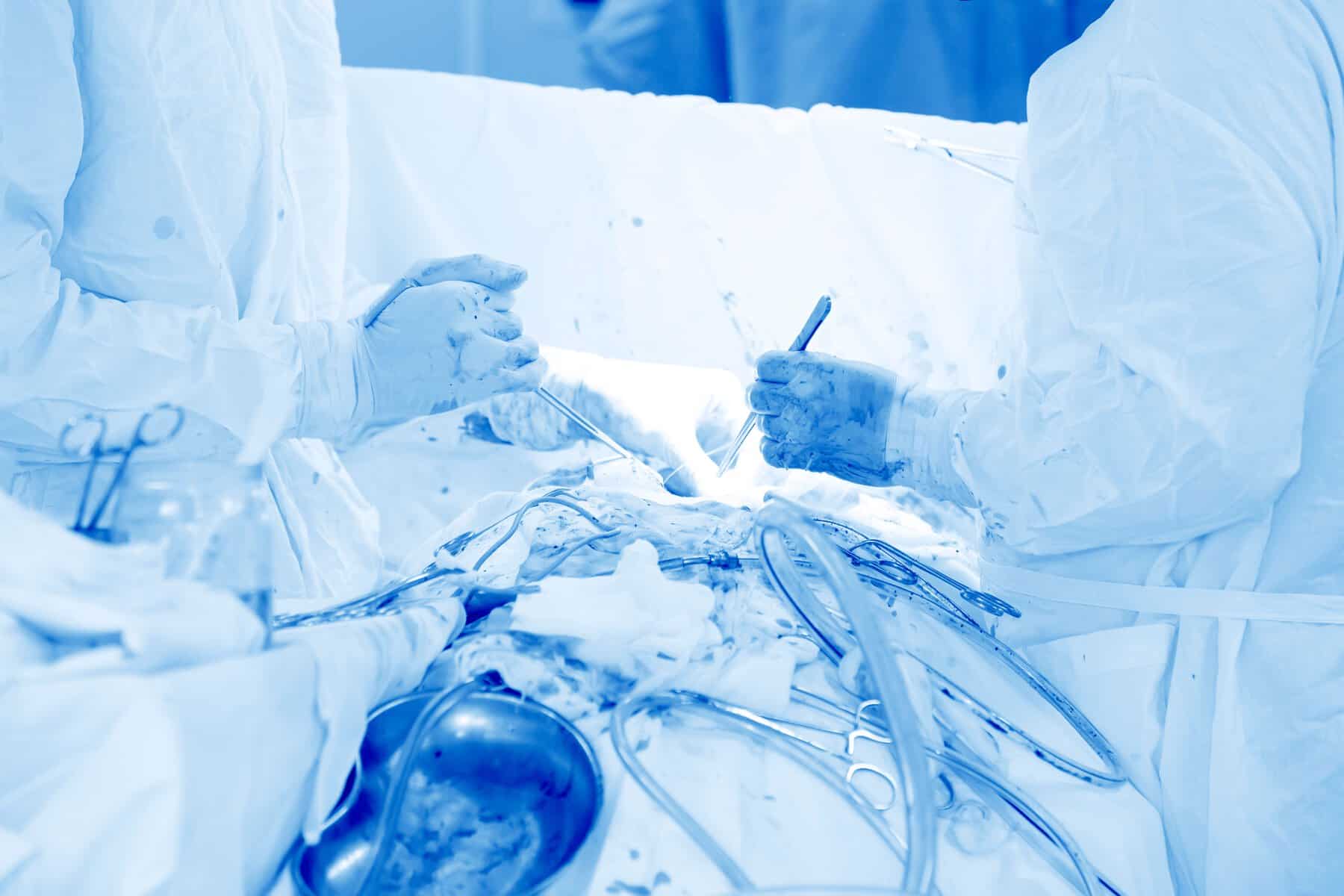In recent years, regenerative medicine has rapidly evolved, offering patients groundbreaking treatments that promote healing and reduce pain without the need for invasive surgery. As a specialist in Orthobiologics and Restorative Medicine, Dr. Patrick N. Bays is at the forefront of this medical revolution, providing patients with access to some of the most advanced therapies available today. But much of this progress has been made possible by a critical piece of legislation—the 21st Century Cures Act.
Passed in 2016, the 21st Century Cures Act has played a vital role in accelerating medical innovation, bringing new treatments to market faster, and expanding access to regenerative therapies like Bone Marrow Aspirate Concentrate (BMAC) and Platelet-Rich Plasma (PRP). This legislation has transformed how doctors like Dr. Bays approach patient care, allowing them to offer cutting-edge therapies with greater efficiency and confidence.
But what exactly is the 21st Century Cures Act, and how does it benefit patients seeking advanced orthopedic and regenerative treatments?
What is the 21st Century Cures Act?
The 21st Century Cures Act is a landmark piece of U.S. legislation designed to accelerate the development, approval, and access to innovative medical treatments. With a strong focus on promoting advancements in areas like regenerative medicine, this Act simplifies the process for approving new therapies and ensures that patients have access to the most current and effective treatments available.
For patients suffering from orthopedic conditions, this Act has made a significant difference. It encourages medical researchers and physicians, like Dr. Bays, to explore and implement treatments that utilize the body’s own healing mechanisms—like orthobiologics—for faster recovery and better long-term outcomes.
How the Cures Act Impacts Regenerative Medicine
Regenerative medicine is the future of orthopedic care. By using the body’s natural healing abilities to repair tissues, reduce pain, and promote recovery, treatments like BMAC and PRP Therapy have become game-changers for patients dealing with joint degeneration, sports injuries, and chronic orthopedic conditions. The 21st Century Cures Act directly supports the development and wider use of these therapies, ensuring they’re not just available to a select few but accessible to patients who need them most.
Before the Cures Act, obtaining FDA approval for such treatments was often a slow, cumbersome process. Now, doctors like Dr. Bays can offer these advanced therapies with greater ease and faster access, benefiting patients sooner. For instance, BMAC, which uses stem cells harvested from a patient’s bone marrow to stimulate healing, is one of the key regenerative therapies that is helping patients heal more quickly and effectively than ever before.
BMAC and PRP: How the Cures Act Has Made Them Accessible
One of the key advantages of the 21st Century Cures Act is that it allows for faster approval of therapies like Bone Marrow Aspirate Concentrate (BMAC) and Platelet-Rich Plasma (PRP). These treatments are at the forefront of regenerative medicine, and their use has been greatly expanded thanks to this forward-thinking legislation.
Bone Marrow Aspirate Concentrate (BMAC):
BMAC involves extracting stem cells from a patient’s bone marrow and concentrating them before injecting them into areas of the body that need repair. Whether it’s a damaged joint, a torn tendon, or a degenerative condition like arthritis, BMAC offers a powerful, natural way to promote healing without the need for surgery. By accelerating the healing process, BMAC helps patients recover faster and with less pain, making it an ideal option for those who want to avoid invasive procedures.
Platelet-Rich Plasma (PRP):
PRP therapy is another exciting treatment made more widely available thanks to the Cures Act. PRP harnesses the healing power of a patient’s own blood, using concentrated platelets to repair tissues, reduce inflammation, and alleviate pain. Dr. Bays regularly uses PRP to treat patients with chronic joint pain, tendon injuries, and even sports-related injuries, providing them with a non-surgical option for long-term relief.
The Cures Act and Orthobiologics: A New Era in Orthopedic Care
Orthobiologics—which includes treatments like BMAC, PRP, and other cell-based therapies—are some of the most exciting advancements in orthopedic care today. The 21st Century Cures Act has paved the way for physicians like Dr. Bays to offer these treatments with confidence, knowing that they are supported by the latest scientific research and backed by federal initiatives.
Orthobiologics work by using natural substances—like stem cells, growth factors, and proteins—that are already present in the body to promote tissue regeneration and healing. This form of regenerative medicine is particularly beneficial for patients with orthopedic conditions such as:
- Osteoarthritis
- Tendon and ligament injuries
- Cartilage damage
- Joint degeneration
- Sports-related injuries
Thanks to the Cures Act, these treatments are more accessible to patients, allowing Dr. Bays to offer minimally invasive options that can often prevent the need for surgery.
Looking Ahead: The Future of Orthopedic Care with Regenerative Medicine
The 21st Century Cures Act is just the beginning. As regenerative medicine continues to evolve, patients can look forward to even more innovative treatments becoming available. Dr. Bays remains committed to staying at the cutting edge of orthopedic care, offering his patients the latest in regenerative therapies and advanced surgical options.




